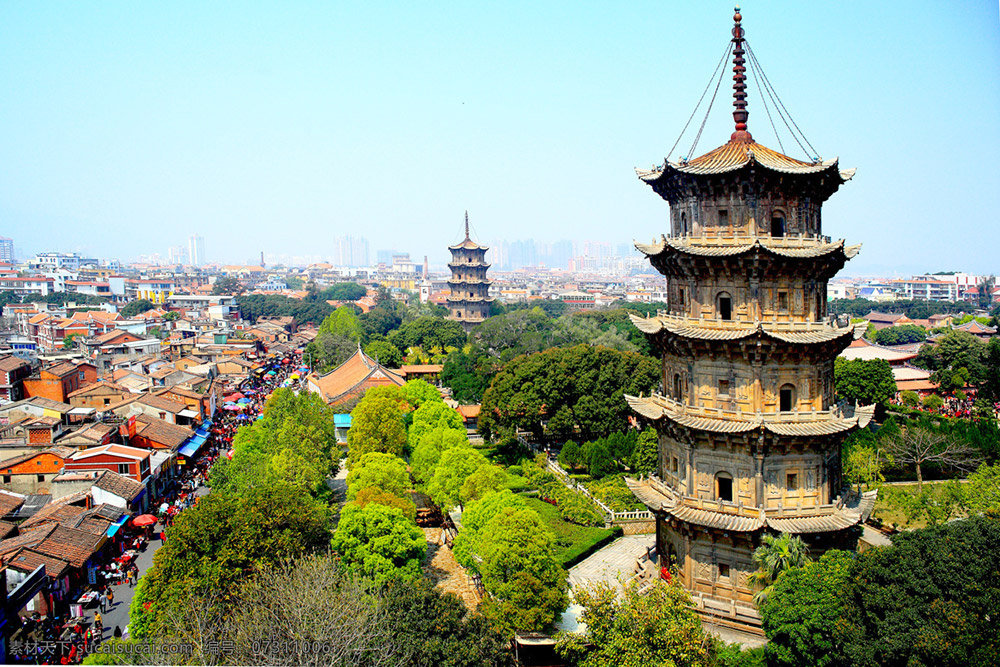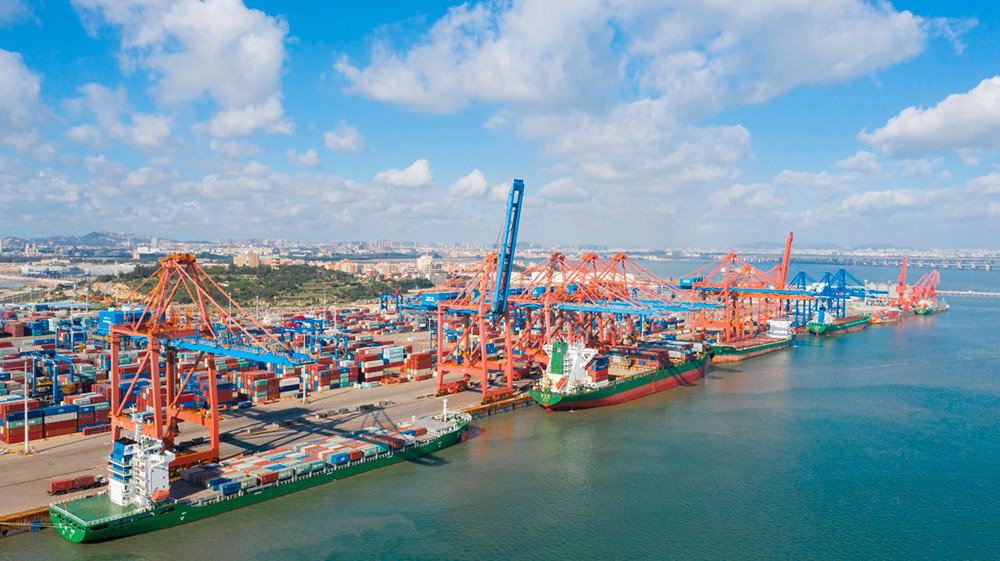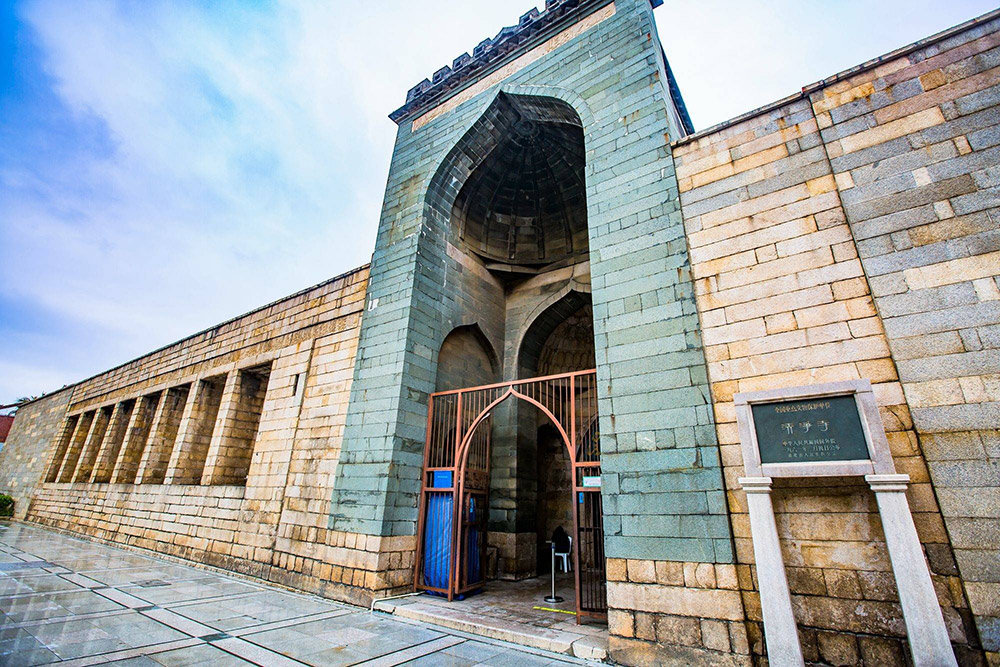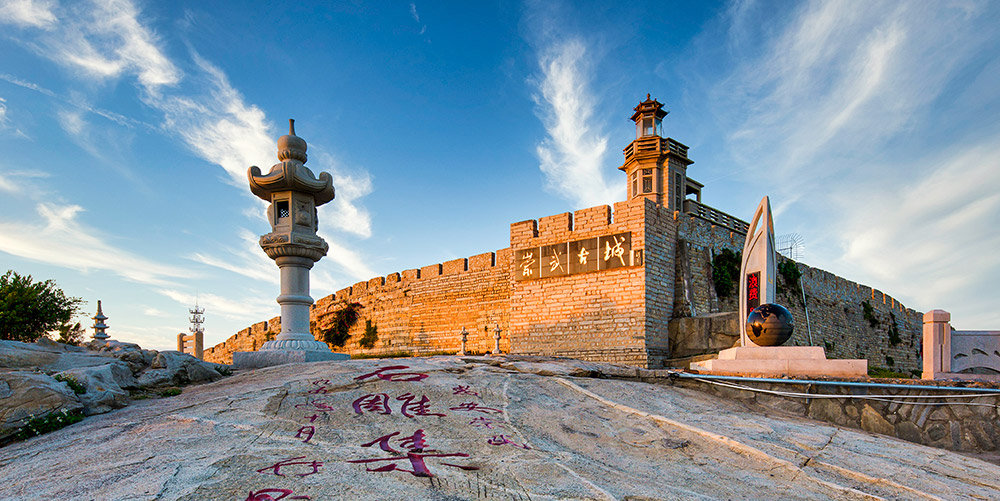Quanzhou, a historic port city in Fujian Province, is widely recognized as the starting point of the Maritime Silk Road, a global trade network that connected China to Southeast Asia, the Middle East, and Europe during the Song and Yuan dynasties. Designated as a UNESCO World Heritage Site, Quanzhou stands as a living museum of ancient maritime culture, where temples, mosques, and city relics tell the tale of a once-thriving seafaring hub. With its rich blend of history, vibrant traditions, and flavorful coastal cuisine, Quanzhou offers visitors a glimpse into a fascinating chapter of China’s past.

The Gateway to the Maritime Silk Road
During the Song (960–1279) and Yuan (1271–1368) dynasties, Quanzhou was one of the largest and busiest ports in the world. Known to foreign merchants as “Zayton”, it became a vital hub for trade, where silk, ceramics, spices, and tea were exchanged for precious goods from across Asia, Africa, and Europe. The city’s prosperity attracted merchants from Persia, Arabia, and India, transforming it into a cultural melting pot where Buddhism, Taoism, Islam, and Christianity coexisted peacefully.
The influence of this maritime legacy is still evident in the city’s architecture, religious landmarks, and artifacts. Ancient shipwreck sites, stone docks, and trade records offer tangible evidence of Quanzhou’s central role in global commerce centuries ago. The UNESCO recognition of Quanzhou as the ‘Emporium of the World in Song-Yuan China’ underscores its unparalleled significance in world history.
A City Rooted in Maritime and Multicultural Heritage
The Maritime Silk Road was more than just an economic route—it was also a conduit for cultural and religious exchanges. As traders and travelers arrived in Quanzhou, they brought with them their customs, beliefs, and traditions, shaping the city into a mosaic of global influences.
Religious and Cultural Diversity
Few cities in China reflect such a diverse religious landscape as Quanzhou, where Buddhist temples, Islamic mosques, Taoist shrines, and Christian relics preserve the spiritual footprints of different civilizations. Buddhism flourished with temples built to protect seafarers and bless their voyages, while Islam arrived with Arab traders, leading to the construction of some of China’s earliest mosques. Taoist rituals intertwined with seafaring traditions, invoking celestial protection for merchants, and Nestorian Christianity was practiced here, marking Quanzhou as one of the earliest Chinese cities to host a Christian community.
The Role of Quanzhou in Global Trade
As the largest trade port of medieval China, Quanzhou connected the East with the wider world, earning fame for its flourishing exports and maritime innovations. Delicate ceramics from the nearby Dehua Kilns were highly prized in Europe and the Middle East, while the city’s role in the spice and tea trade made it a key hub for exchanging cloves, nutmeg, and cinnamon. Quanzhou also excelled in shipbuilding, with advanced wooden ship construction techniques enabling long-distance maritime voyages and influencing naval architecture in neighboring regions.

Must-Visit Attractions in Quanzhou
For travelers looking to experience Quanzhou’s history firsthand, the city is home to some of China’s most remarkable historical landmarks and architectural treasures.
Qingjing Mosque
Built in 1009 AD, this is one of the oldest mosques in China and a symbol of Quanzhou’s strong ties with the Arab world. Its design was influenced by Syrian mosques, featuring intricate Islamic calligraphy and stone carvings, making it a must-see for history lovers.

Kaiyuan Temple
The largest Buddhist temple in Fujian, originally built in 686 AD, is famous for its twin pagodas, which dominate Quanzhou’s skyline. The temple showcases stunning Song Dynasty architecture and is a peaceful retreat in the heart of the city.
Luoyang Bridge
Also known as Wan’an Bridge, this Song Dynasty stone bridge is a masterpiece of ancient engineering. Built using an innovative technique that reinforced its foundations with oyster shells, it is a testament to Quanzhou’s ingenuity in maritime construction.

Chongwu Ancient Town
Located along the coastline, this well-preserved Ming Dynasty walled town offers stunning sea views and insight into traditional stone architecture. The town is rich in Hokkien culture and a great place to explore old-world Quanzhou.

Quanzhou Maritime Museum
This museum provides a deep dive into Quanzhou’s seafaring history, showcasing ancient ship models, navigation tools, and ceramics from the city’s golden age. It is a must-visit for those interested in the Maritime Silk Road’s legacy.
Dehua Ceramics Town
Located just outside Quanzhou, Dehua has been producing porcelain for over 1,000 years. The “Blanc de Chine” white porcelain crafted here was highly sought after in Europe, making it a key part of Quanzhou’s export history.
Quanzhou’s Culinary Delights: A Taste of the Sea
Given its location along China’s southeastern coast, Quanzhou’s cuisine is heavily influenced by seafood and regional Fujian flavors, while its multicultural past has introduced Southeast Asian, Middle Eastern, and South Chinese culinary elements. Must-try local dishes include the crispy yet gooey oyster omelette (蚵仔煎), made with fresh oysters, eggs, and sweet potato starch; Quanzhou-style fish ball soup (泉州鱼丸汤), known for its bouncy fish balls in a light, flavorful broth; fried five-spice pork rolls (五香条), featuring minced pork wrapped in bean curd skin and deep-fried to perfection; Minnan-style glutinous rice dumplings (烧肉粽), a Fujian take on zongzi filled with marinated pork, chestnuts, and mushrooms; and seafood hotpot (海鲜火锅), a must-try dish showcasing the freshest catch from Quanzhou’s coastal waters.
Why Visit Quanzhou?
Quanzhou is not just an ancient port city; it is a living testament to China’s maritime heritage and a fascinating blend of cultures, traditions, and history. Whether you are a history enthusiast, a cultural explorer, or a food lover, this UNESCO-listed city has something to offer.
If you’re looking for an off-the-beaten-path destination in China where you can experience authentic historical charm, diverse religious influences, and a unique coastal atmosphere, then Quanzhou should definitely be on your travel list.
Contact us today to craft your dream China adventure!

